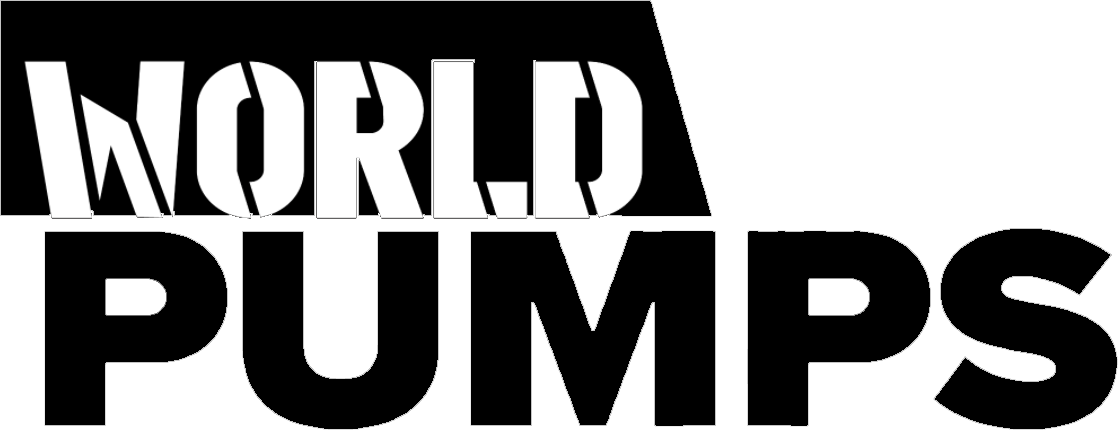In a two-part feature, World Pumps speaks to nine females who have forged successful engineering careers in the pump sector while working to close the gender gap.
Francesca Torriani
Chairwoman, Flange Gaskets Division, European Sealing Association (ESA)
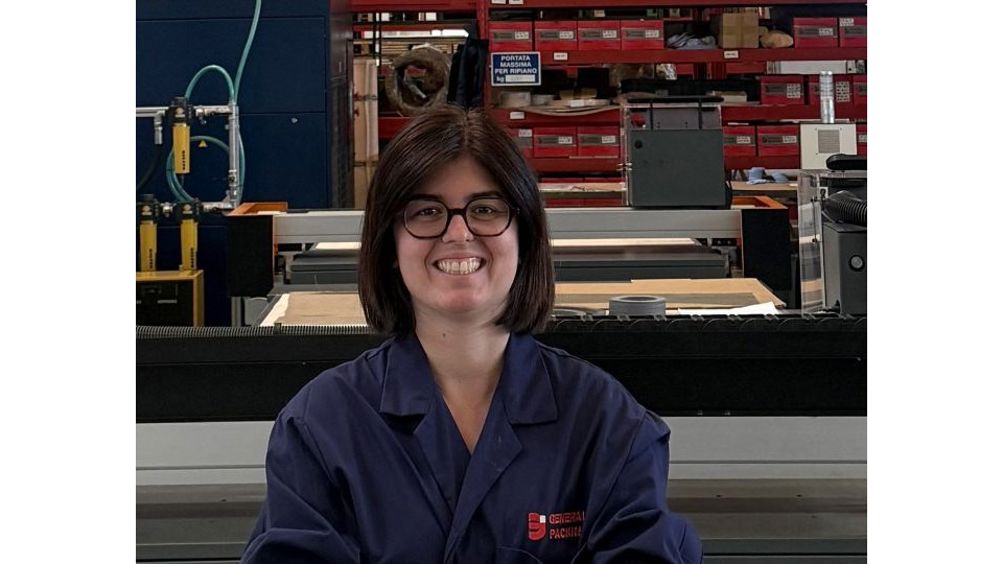
As chairwoman of the Flange Gaskets Division of the ESA and a senior engineer and quality manager at General Packing Italy, Francesca Torriani balances technical expertise with a deep commitment to progress, both technological and societal, in the sealing sector.
From her earliest days, Torriani was captivated by science. “I’ve always been passionate about science and, more specifically, I’ve been fascinated by understanding how things work,” she says. “Not just the mechanics of machines, but also the physical phenomena we experience in everyday life. That natural curiosity, combined with the fact that engineering offers the opportunity to solve complex problems and contribute to the advancement of applied sciences, is what really drew me to this profession.”
At General Packing Italy, Torriani plays a key role in ensuring optimal sealing performance across a wide range of oil and gas applications. Her work is rooted in quality management, cross-department collaboration, and a focus on customer satisfaction. In parallel, her leadership role at the ESA sees her advocating for industry-wide harmonization of standards and greater awareness of the strategic importance of sealing technologies.
“I would strongly encourage young women to pursue a career in engineering. It’s a field that presents many challenges but also offers tremendous satisfaction.”
Recent work has concerned two closely related challenges facing the sealing industry – proposed bans on PFAS substances and the increasing emphasis on emissions reduction. Speaking about the PFAS bans, Torriani says, “At present, there are several critical applications where achieving the highest levels of sealability is only possible using PFAS-based materials. This potential restriction therefore presents both a technical and strategic challenge that we, as an industry, must address.”
Torriani’s journey is about more than engineering innovation – it’s also about inclusion. “I would strongly encourage young women to pursue a career in engineering,” Torriani says. “It’s a field that presents many challenges but also offers tremendous satisfaction.” She highlights the dynamic, multidisciplinary nature of the work and the sense of purpose it provides. “You get to collaborate with diverse teams and contribute to impactful projects across various sectors.”
Torriani is also candid about the obstacles women face. “There is certainly still a great deal of work to be done to close the gender gap in the industry,” she notes.
While some countries are making significant progress, others still lag behind. “We shouldn’t fear change. We should embrace it as an opportunity for growth and inclusiveness.”
She believes that meaningful change requires structural solutions including equal pay, corporate childcare, and flexible work hours. “Such steps can make a real difference in creating a more inclusive and balanced working environment,” she says. Her own company – General Packing Italy – has taken action, recently reducing the standard work week from 40 to 36 hours without cutting pay. “It’s about supporting employees in managing family responsibilities. That kind of initiative makes a real difference,” she adds.
Kara Hurtig
Principal and senior water resources engineer, Northwest Hydraulic Consultants (NHC)
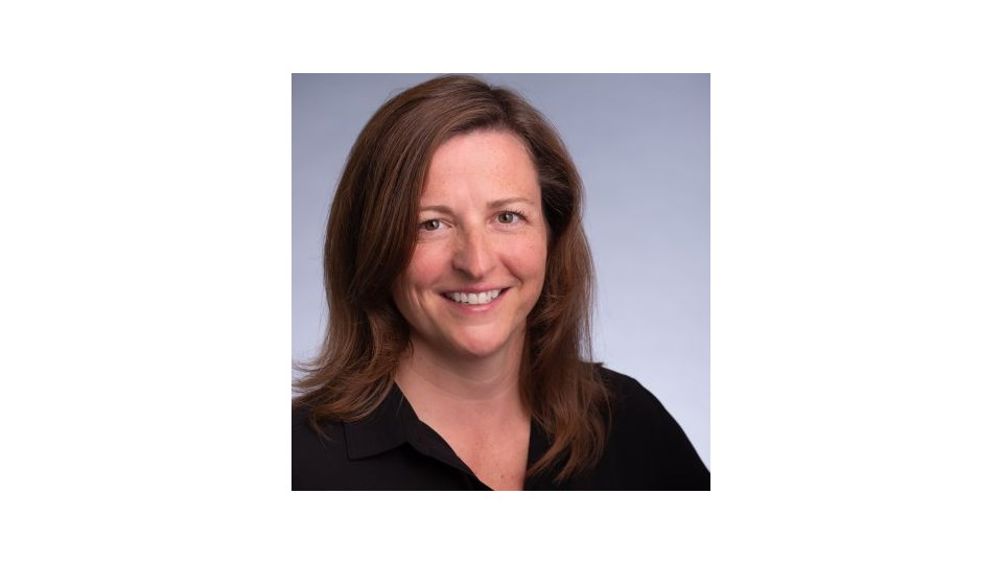
As the principal and senior water resources engineer at NHC, Kara Hurtig has built an impressive career over the past 20+ years. It reached a peak earlier this year when she was honored as the 2025 Standards Partner of the Year by the Hydraulic Institute (HI) for her contributions to standards development and her dedication to advancing pump intake design.
Hurtig began working with the HI in 2014, and since then, she has played a crucial role in the development and revision of key standards, such as ANSI/HI 9.6.6 Rotodynamic Pumps for Pump Piping and ANSI/HI 9.8 Rotodynamic Pumps for Intake Design.
“Being able to influence and improve the standards that guide our industry has been one of the most rewarding aspects of my career,” Hurtig adds.
Hurtig also co-instructs webinars for the Hydraulic Institute University (HIU) on topics such as intake design and pump piping, furthering her commitment to educating the next generation of engineers. “It’s important to give back and help guide the younger generation of engineers,” Hurtig explains. “Sharing knowledge and providing insights into real-world engineering challenges helps them understand how to apply theory in practice.”
“We need to make sure we’re passing down our expertise to the next generation. This is crucial.”
One career highlight that stands out for Hurtig was when her colleagues selected her to join the Board of Directors. “It was a significant milestone for me,” Hurtig says. “Not many women had reached this position before me, so it felt like an important achievement not only for me personally but for women in the industry.”
Despite her success, Hurtig acknowledges that workforce challenges still persist, especially in the pump industry. “A major challenge we face is attracting and retaining qualified talent,” she explains. “As the demand for specialized knowledge grows, we need to make sure we’re passing down our expertise to the next generation. This is crucial,” she stresses.
As a strong advocate for gender equality in engineering, Hurtig emphasizes the need for women to overcome imposter syndrome. “It’s important to raise your hand for challenging assignments, to sit at the table and share your ideas, and to advocate for yourself,” she says. “Women need to push through those moments of self-doubt and take on leadership roles.”
Hurtig also believes that more needs to be done to achieve gender equality in the industry. “It still gets in the way of getting the best out of what we aim to do in this field,” she explains. “We need to gain perspective and broaden our viewpoints to make better decisions and encourage innovation.”
Patsy Brogan
Mechanical engineer, Vaughan Company
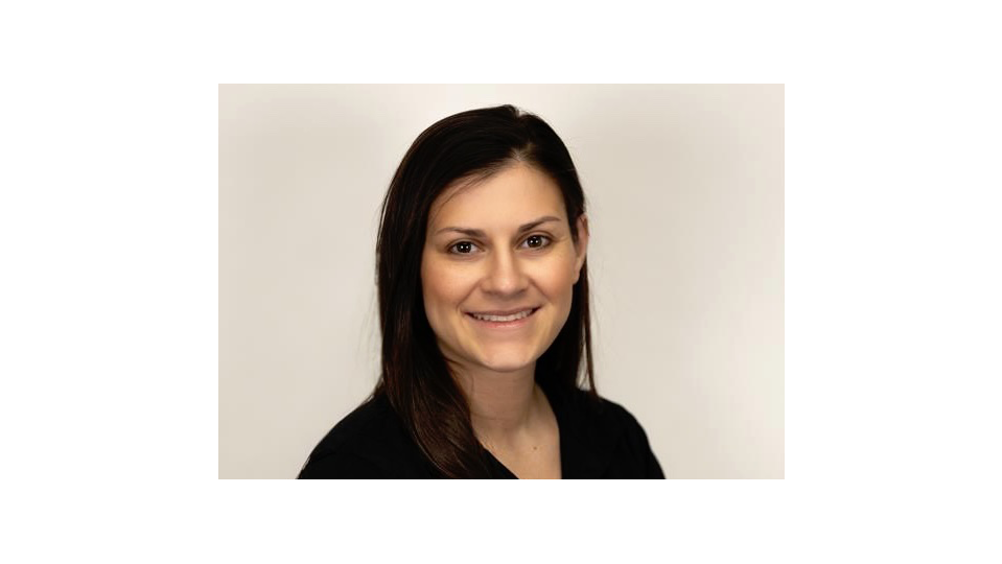
Every day, Patsy Brogan works at the intersection of design and functionality, supporting customer projects and R&D efforts. “A typical day for me involves working with 3D modeling and drawing software, designing piping layouts, helping with bills of material, and running pump performance tests,” she explains. “I also assist with quality control inspections and contribute to upgrading our on-site test facility.”
Brogan’s path to engineering wasn’t a traditional one. “After high school, I completed a two-year automotive technology program, which really opened my eyes to applying classroom knowledge to real-world applications,” she recalls. Her technical interest deepened during her time in the US Navy as a nuclear machinist mate.
“That experience taught me the importance of teamwork and attention to detail,” she says. After leaving the US Navy, Brogan used the GI Bill to earn her mechanical engineering degree, eventually joining Vaughan Company’s engineering team, where she’s worked for the past two years.
“I’ve always had a love for math and science,” she says. “Engineering combines everything I enjoy – problem-solving, learning how things work, and making real contributions.”
One standout moment in her career so far was attending the WEFTEC water quality exhibition. “It was so fun interacting with everyone who came by the booth, whether it was to educate potential new customers about our products or to hear success stories from those who already use Vaughan equipment,” she explains.
“I am fortunate enough to work for a company that believes in gender equality, as I work alongside seven other women in engineering, making up nearly half of the department.”
Brogan encourages other women to pursue engineering fearlessly. “Don’t be intimidated to pursue a career in what seems to be a male-dominated field,” she says. “Everyone has their own strengths and weaknesses, no matter what their gender. Don’t let your weaknesses discourage you, just make sure to learn and grow from them. And don’t be afraid to ask questions!”
Although Brogan believes that more needs to be done to achieve gender equality in the pump sector, she sees a clear shift toward parity in recent years. “Since joining the engineering field myself, I have become more aware of other females working in the industry,” she says. “We are certainly the minority, but I believe great strides are being made to encourage women to pursue STEM-related careers. I am fortunate enough to work for a company that believes in gender equality, as I work alongside seven other women in engineering, making up nearly half of the department.”
Bettina Steinberger
Process developer, Netzsch Pumps & Systems
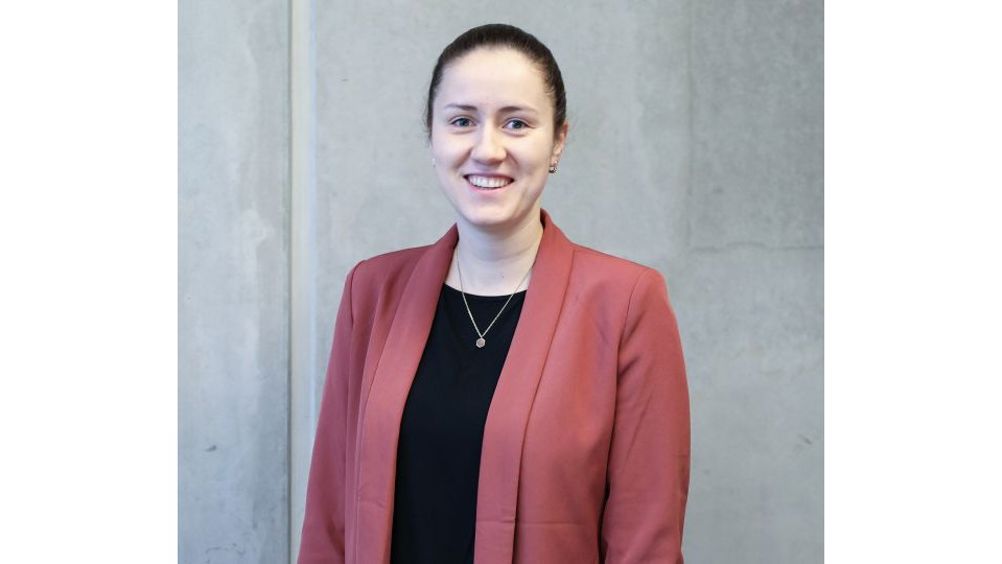
Bettina Steinberger began her career at Netzsch in 2014 when she undertook a dual study program training as an industrial mechanic while pursuing a bachelor’s degree in mechanical engineering at TH Rosenheim. In 2019, she moved to the digital product development department at Netzsch, and since 2023, has been working in the process optimization department.
“Today, I assist logistics and shipping departments in implementing process improvements and managing larger projects,” Steinberger says. “My tasks include conducting process analyzes, such as workshops, planning layouts and material flows, and supporting the implementation of new processes. I also take on classic project management responsibilities involving technical clarification and addressing interface issues while planning new systems.”
Steinberger’s main career achievements to date include her work in the development of a trade fair exhibition model, the implementation of a long goods storage lift system, and the introduction of a lean logistics concept with tugger train supply and transport system integration for the new Netzsch campus project in Waldraiburg, Germany.
“Diverse teams are more efficient, whether in industry or any other field.”
One challenge she is currently exploring is manufacturing optimization. “The pump industry is highly competitive, with many players driving intense price pressure. Because of that, it is essential for us to continue delivering high-quality products and to address global price pressure by consistently optimizing the manufacturing of our products,” she explains.
“We provide our customers with tailored and sophisticated solutions for their applications, and they benefit from a holistic service that includes preventive maintenance, fast spare parts supply, and customized training courses.”
Steinberger believes that regardless of gender the best way to start a career in the engineering sector is to complete a technical apprenticeship “either alongside or before studies,” she says. “Practical experience is incredibly valuable in an engineer’s career later on,” she adds.
Addressing gender equality, Steinberger concludes, “Based on my perspective and supported by studies, diverse teams are more efficient, whether in industry or any other field. This naturally includes gender diversity. While many areas of the industry already have a significant presence of women, there is still potential for further progress through targeted initiatives that encourage and support women in technical professions.”
About the author
This article was written by Helen Norman, editor of World Pumps magazine.
The complete version of this article appeared in the May/June issue of World Pumps.
